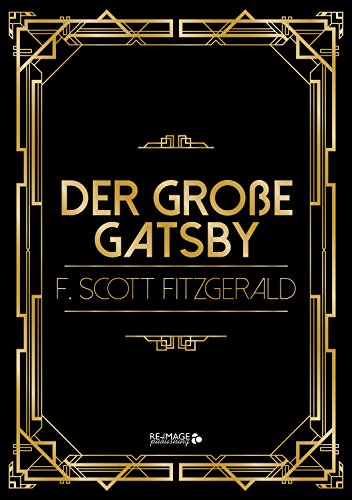

Septet (2016)
for
Three Clarinets, String Trio and Piano
by
Robert Morris
Program Notes
My Septet was written from about October 2016 to late January 2017. For some time I had intended to write a piece using the instrumentation of Schoenberg’s Suite, opus 29 (1925), and Milton Babbitt’s “Septet but Equal” (1992). This might make a nice concert of three contrasting, but allied works.
I don’t consider myself to be a “neo-classic” composer, but there are times when I feel to need to make explicit connections with music of the past. In this case, writing a substantial piece in three movements seemed to offer a chance to see what I could do within the aegis of Schoenberg’s instrumentation and concepts of form, and perhaps also reflect the world-view of the late 20s in Berlin—the time when Schoenberg’s new music was being recognized and admired. I have often associated the expansive (even manic), optimistic and imaginative character of Schoenberg’s early 12-tone compositions with literary works such as Fitzgerald’s Great Gatsby.
The sounding surface of Babbitt’s composition seems almost chaotic in comparison with the Schoenberg in which every measure presents some form of the same (well-known) hexachordal harmony {C Db E F Ab A}. Nonetheless, both works are coherent twelve-tone compositions—it’s just that the basic structure of the Babbitt is concealed by simultaneous and successive elaborations. I thought of my piece as occupying a sonic space somewhere between the two other septets so that, while any passage is marked by pitch, rhythmic, and gestural differentiation, the music doesn’t completely lose connection with its row’s basic complementary hexachords: {C Db D E F G} {Eb Gb Ab A Bb B}.
The piece is in three movements, fast/slow/fast, in which every combination of the seven instruments occurs at least once, from solos to full ensemble.